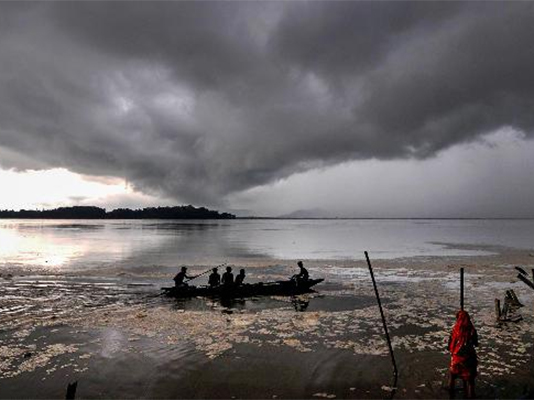NEW DELHI, July 29, 2018 (BSS/Xinhua) – Around 600 people have died over the past couple of weeks, hundreds of thousands of houses were washed away or greatly damaged, and millions of people rendered homeless in as many as six
states across India due to incessant rains leading to flash floods and landslides.
In India, July-August are the monsoon months.
TV channels showed cars and other vehicles stuck on the roads with water flowing over them. Incidents of flooding inside offices and houses were reported from various places across the country, including some parts of
Delhi and neighbouring town of Noida.
According to media reports, the worst affected has been the southwestern state of Maharashtra which has witnessed nearly 140 deaths so far.
Quoting figures obtained from the national emergency response centre, English daily “The Times of India” carried a report saying that 126 deaths were reported from southern state of Kerala, 116 from eastern state of West
Bengal, 70 from northern state of Uttar Pradesh, 52 from western state of Gujarat and 34 deaths from northeastern state of Assam.
Maharashtra state has so far received 99.30 millimeters of rainfall, while Kerala had 1451.85 millimeters of rainfall, Assam got 585.70 millimeters, Gujarat 449.92 millimeters and Uttar Pradesh 171.10 millimeters.
In order to carry out relief and rescue work, the government has deployed as many as 43 teams of National Disaster Response Force (NDRF) personnel in the six floods-affected states. Each NDRF team comprises at least 45
personnel.
Besides the human deaths, huge damage has also been reported in terms of deaths of cattle even as thousands of hectares of agricultural lands lay submerged in rainwater.
Meanwhile, the river Yamuna that passes through parts of Delhi flowed above the danger mark. Delhi chief minister Arvind Kejriwal held his cabinet meeting to take stock of the situation.
All the concerned departments in the Indian capital have been put on high alert to combat the situation if the river’s level rises further, causing damage to the nearby residential areas.



